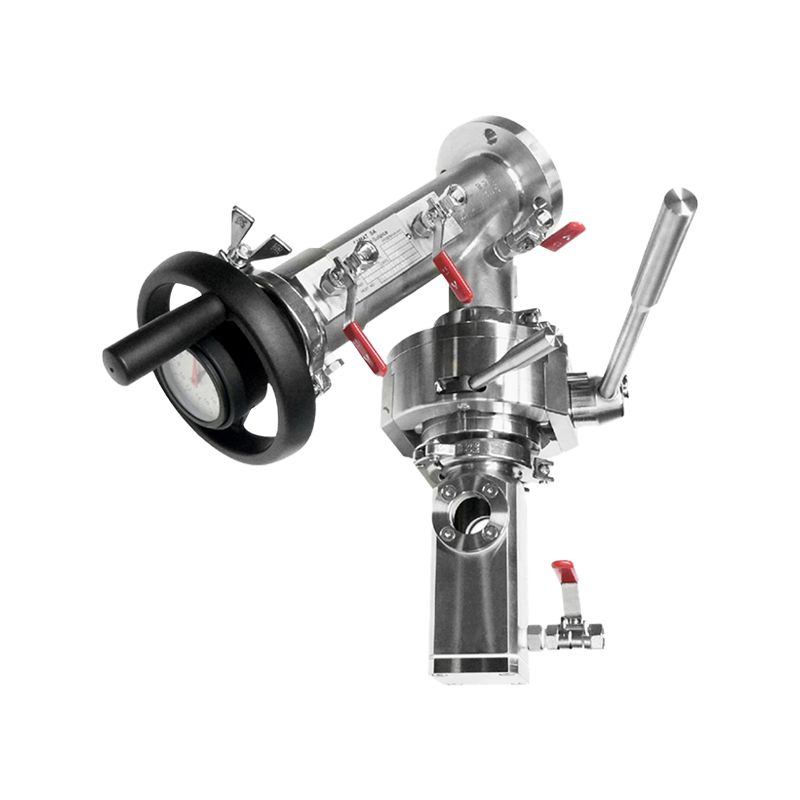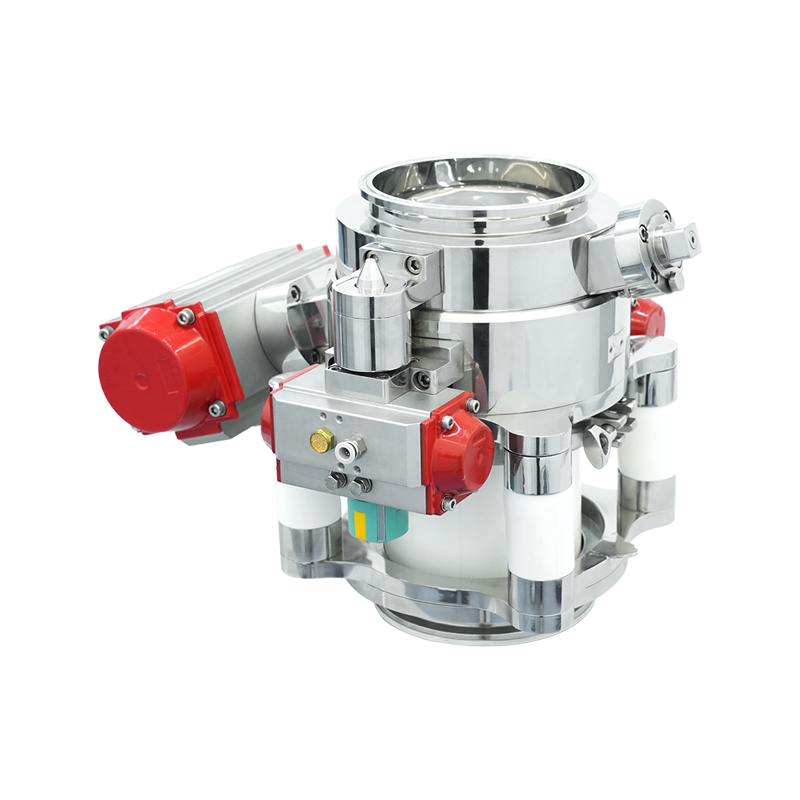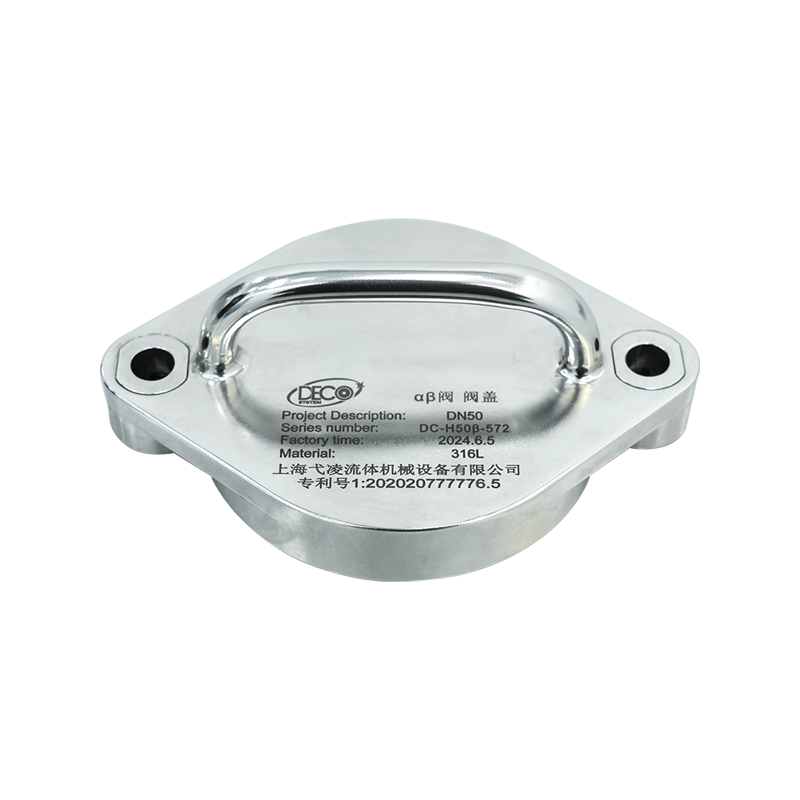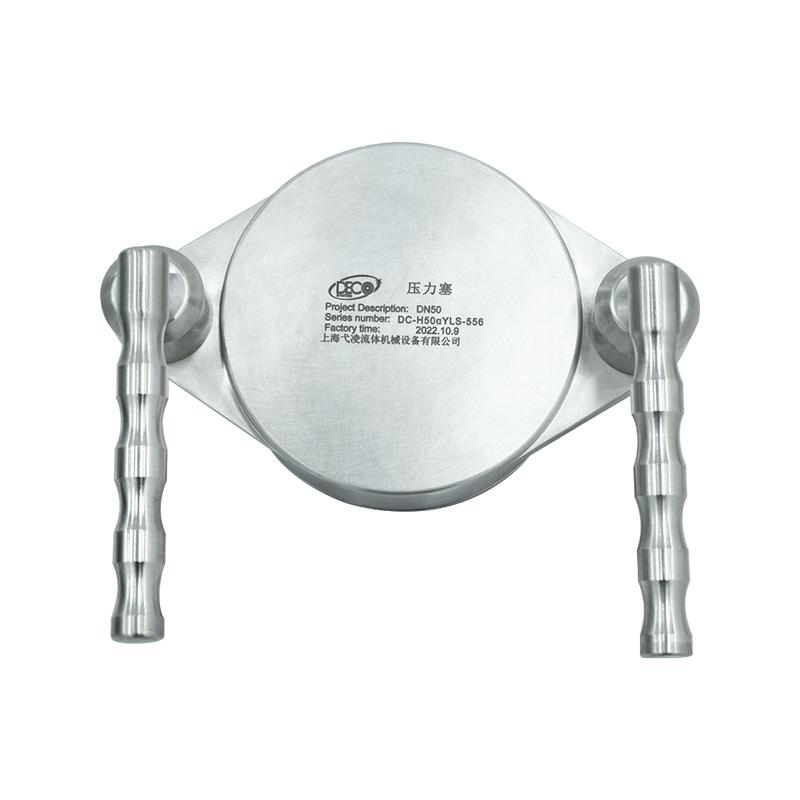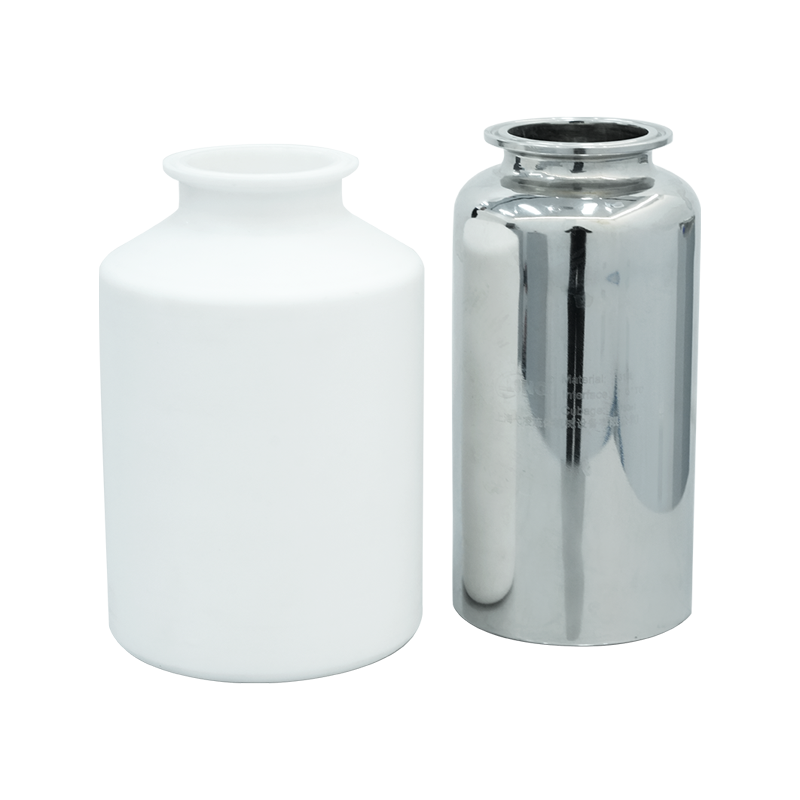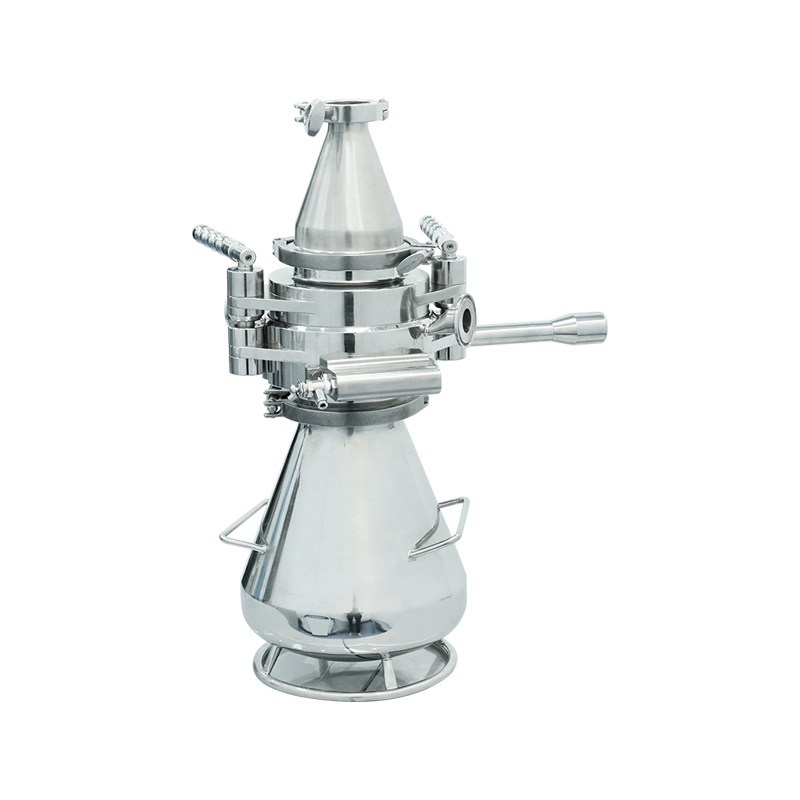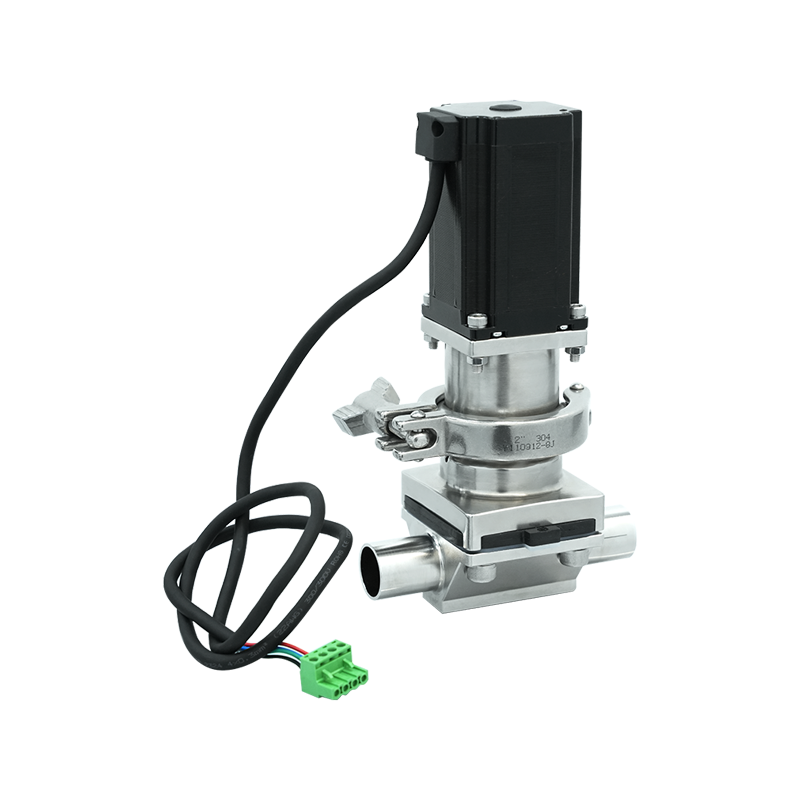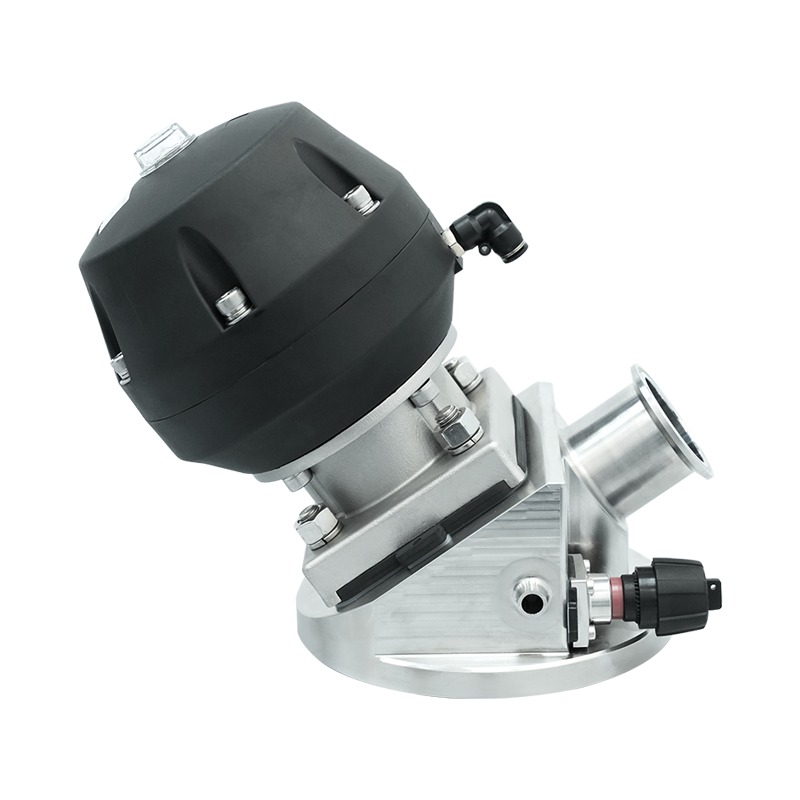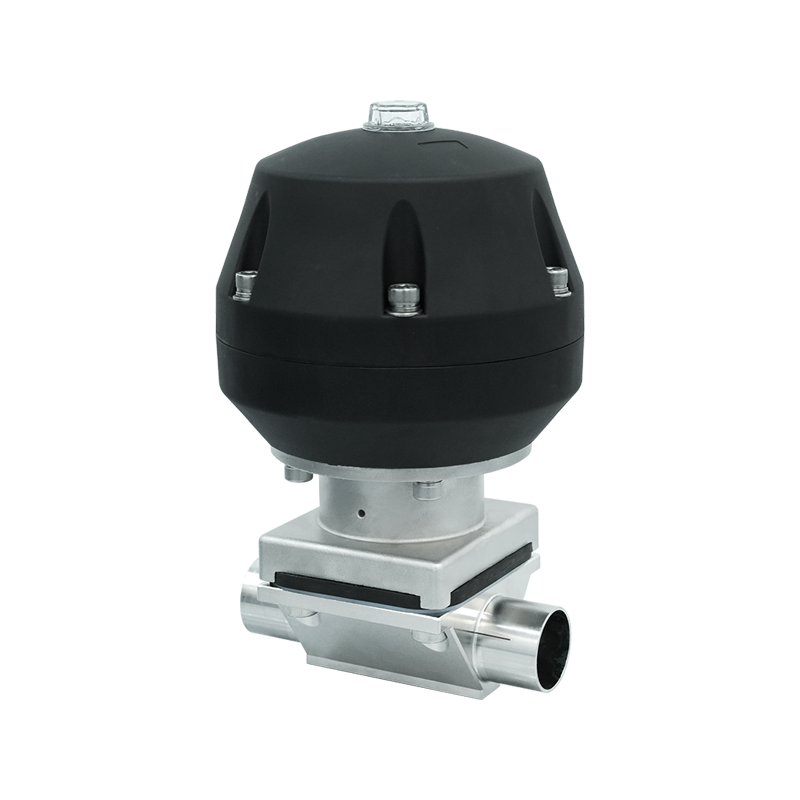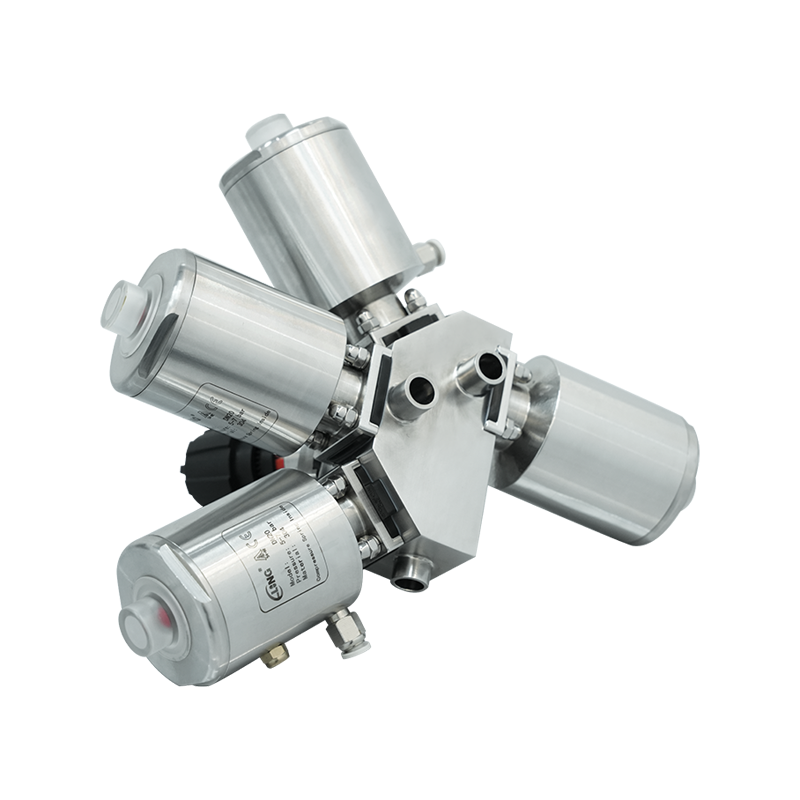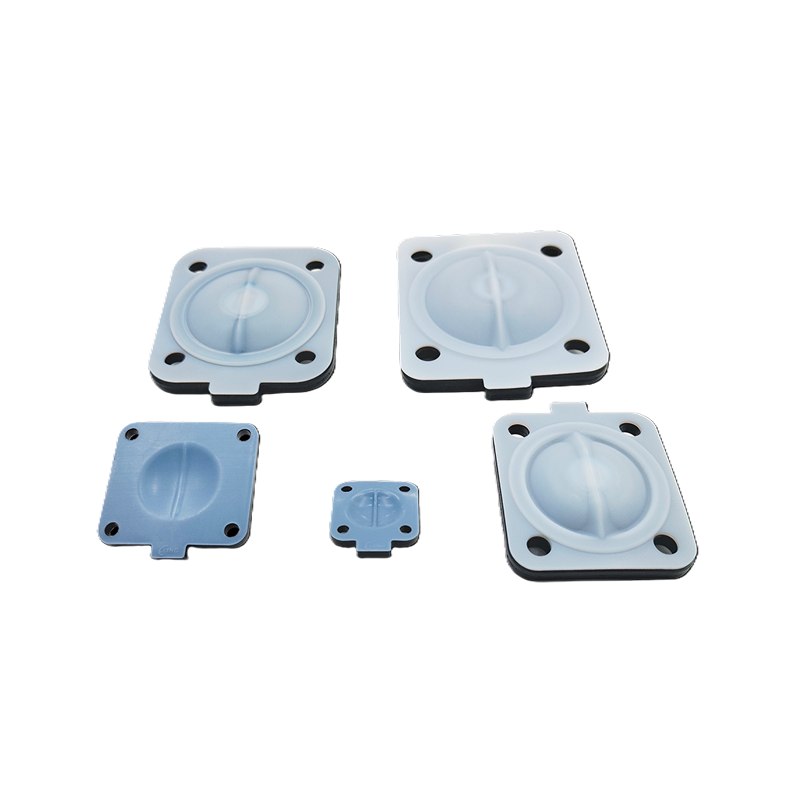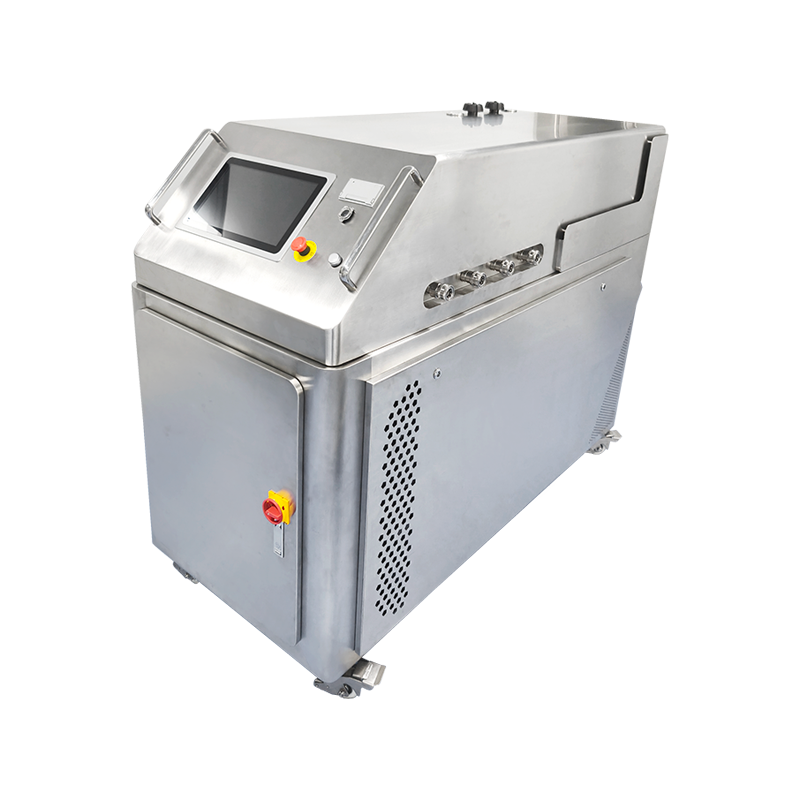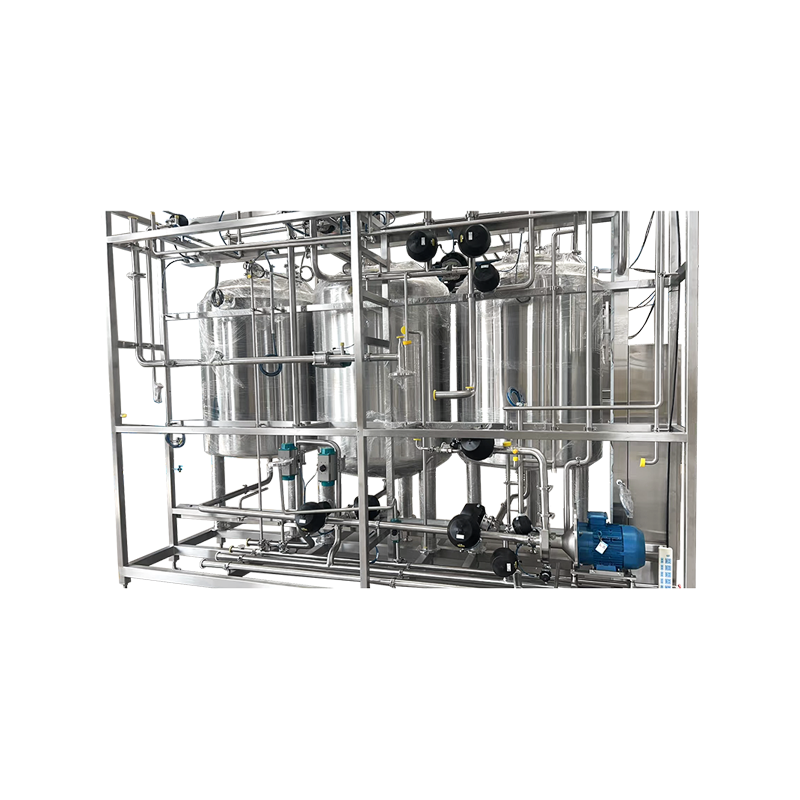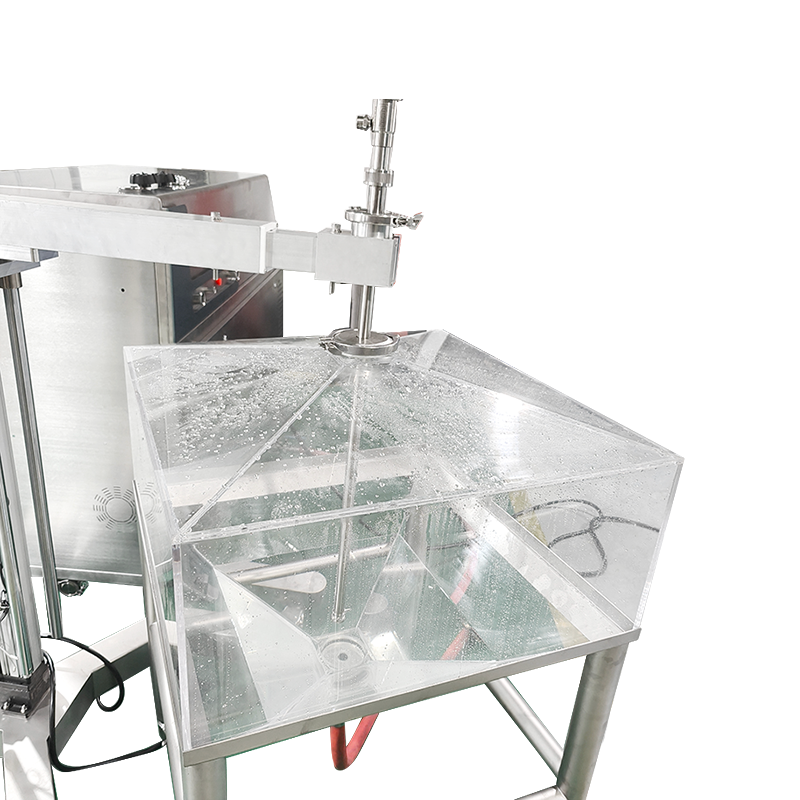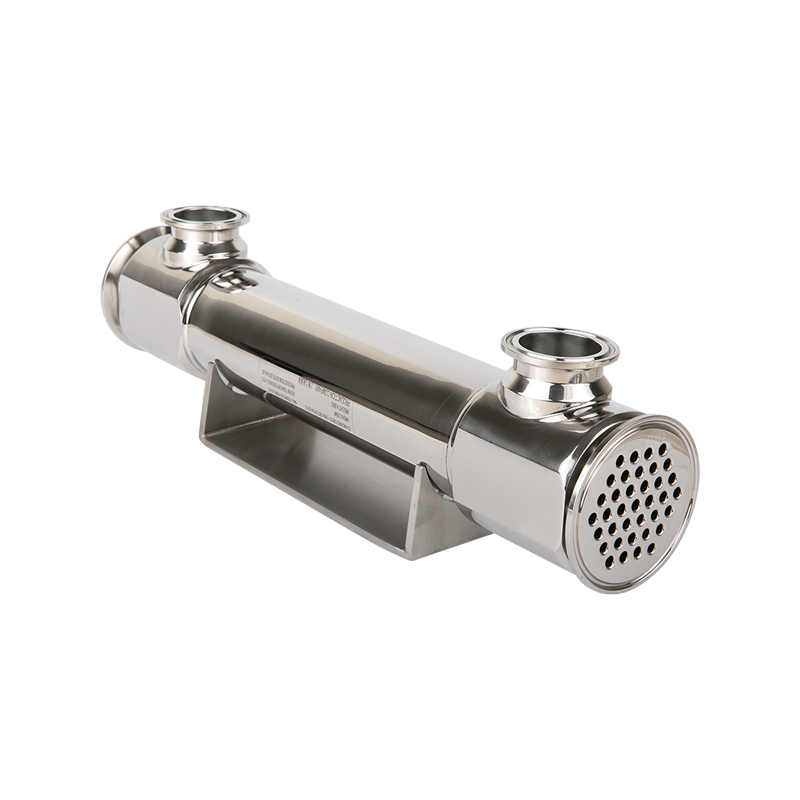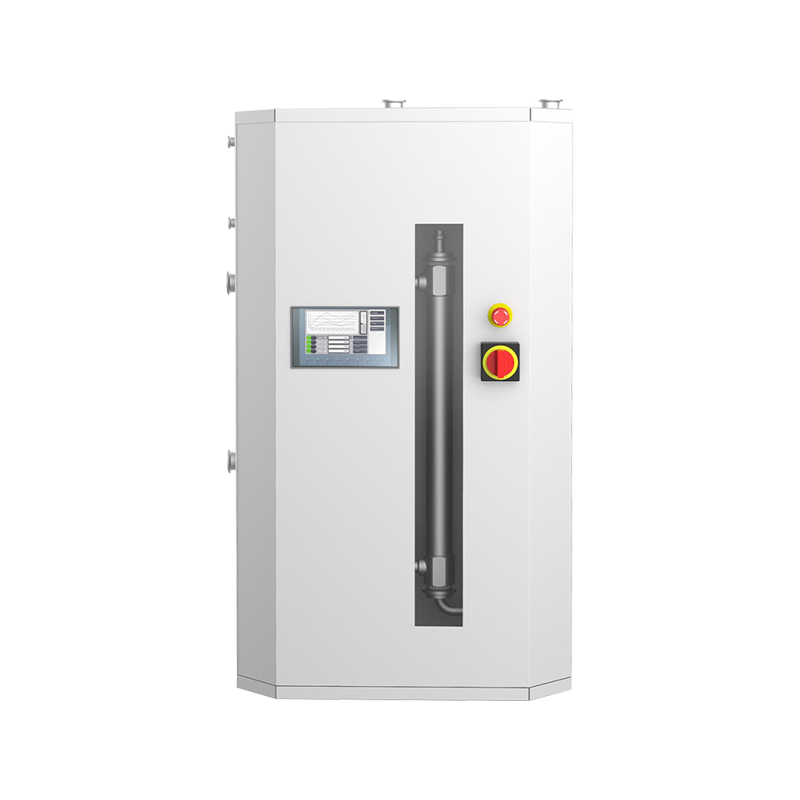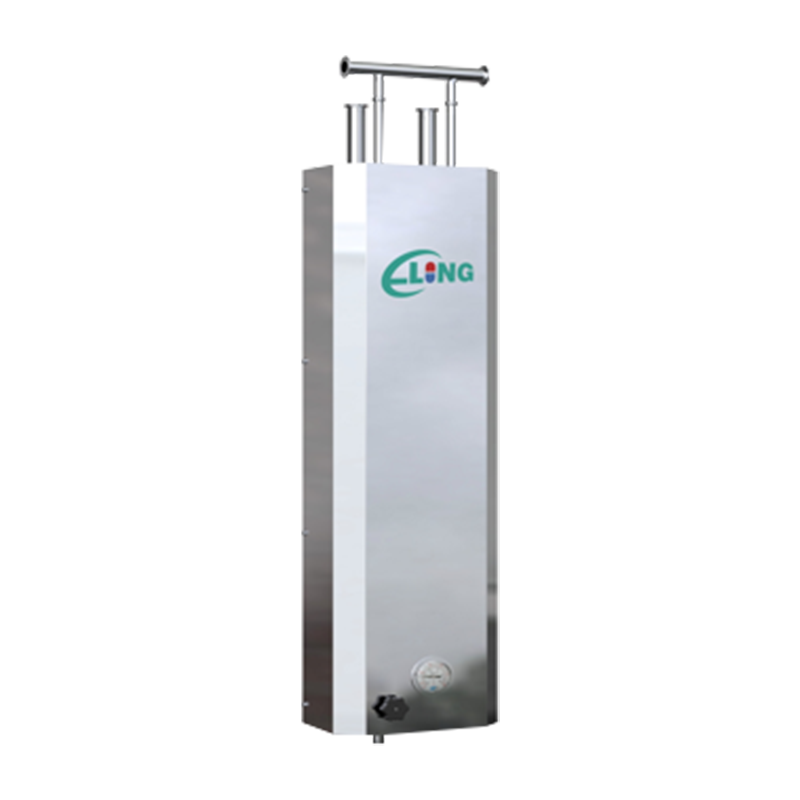Efficient movement of goods and materials is at the heart of every modern manufacturing, warehousing, and logistics operation. As industries grow more competitive, businesses are constantly searching for solutions that combine safety, speed, and flexibility in material handling. One such solution that has gained increasing popularity is the RTP Lifting Transfer Trolley. But what exactly is it, and why is it becoming essential in today’s industrial setups?
What Is an RTP Lifting Transfer Trolley?
An RTP Lifting Transfer Trolley is a specially designed mobile platform used for the safe and efficient handling, lifting, and transferring of materials within industrial environments. “RTP” generally refers to Returnable Transport Packaging, a system where durable containers and trolleys are used multiple times to minimize waste and optimize logistics.
Unlike conventional trolleys, the RTP Lifting Transfer Trolley is built not only for transport but also for lifting operations, making it a dual-purpose equipment. It combines the strength of a transfer trolley with the functionality of a lifting device, enabling seamless movement of goods across different sections of a factory, warehouse, or assembly line.
How Does an RTP Lifting Transfer Trolley Work?
The working principle is straightforward yet highly effective. The trolley is equipped with:
A sturdy frame and platform to carry heavy loads.
Lifting mechanisms, such as hydraulic or scissor lift systems, to adjust the height of the load.
Smooth-rolling wheels or rails for easy movement across the factory floor.
Operators load materials or RTP containers onto the trolley, raise or lower them to the required height, and then move them to the desired location. This not only reduces manual labor but also minimizes the risk of injury and product damage.
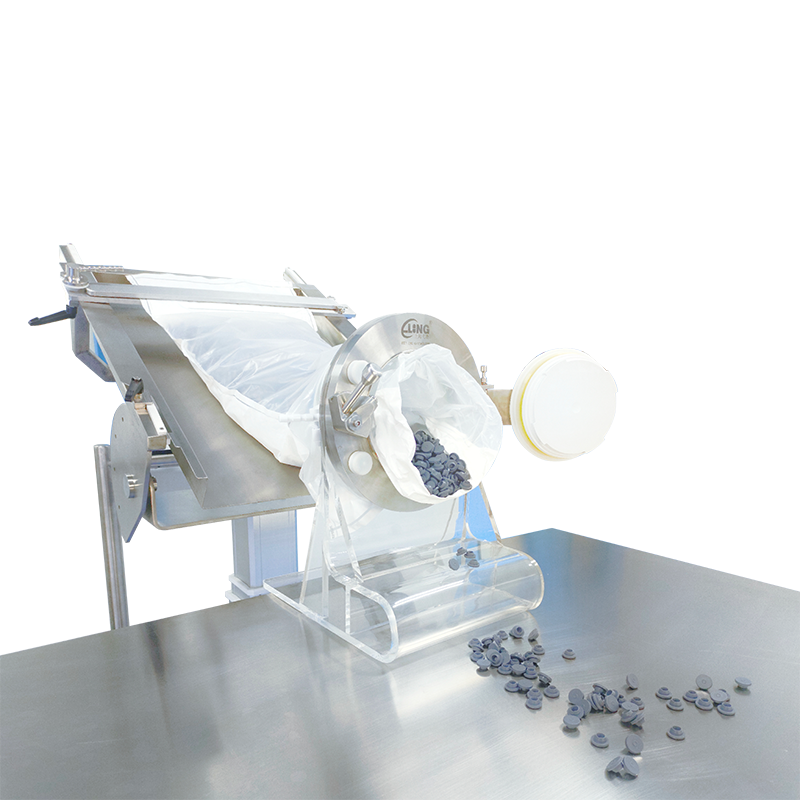
Why Is It Important in Material Handling?
Material handling accounts for a significant portion of industrial operations, and inefficiencies in this area often result in wasted time, high costs, and workplace hazards. The RTP Lifting Transfer Trolley solves these challenges by:
Improving workflow efficiency through faster transport and lifting.
Enhancing safety by minimizing manual lifting of heavy items.
Reducing damage to goods during movement.
Standardizing handling of returnable transport packaging systems.
In short, it is a tool that streamlines the entire supply chain process inside a facility.
What Industries Benefit from RTP Lifting Transfer Trolleys?
The applications of RTP lifting trolleys extend across multiple industries:
Automotive Manufacturing – Used to transfer components such as engines, transmissions, and parts between assembly lines.
Electronics Industry – Ideal for moving delicate RTP containers carrying electronic components.
Food and Beverage – Helps in transporting returnable crates and packages hygienically and efficiently.
Pharmaceuticals – Ensures safe handling of sensitive materials under strict regulatory conditions.
Warehousing and Logistics – Perfect for loading, unloading, and shifting RTP containers within storage facilities.
How Do They Improve Workplace Safety?
One of the main reasons companies adopt RTP lifting transfer trolleys is safety. Manual lifting of heavy or awkwardly shaped loads often leads to back injuries, strains, and accidents. With lifting trolleys:
Workers no longer need to bend or carry heavy items manually.
Height-adjustable features allow ergonomic loading and unloading.
Stability features prevent tipping or slipping of goods.
As a result, workplace injuries are reduced, and employee productivity increases.
Are RTP Lifting Transfer Trolleys Customizable?
Yes, one of the biggest advantages is their customizability. Depending on industry needs, manufacturers offer options such as:
Load capacity variations ranging from a few hundred kilograms to several tons.
Platform size customization to fit specific RTP containers.
Manual, semi-automatic, or fully automatic lifting mechanisms.
Wheeled or rail-guided designs for different factory layouts.
Anti-static or hygienic surfaces for sensitive industries like electronics or pharmaceuticals.
This adaptability ensures that every business can find a solution tailored to its workflow.
How Do They Compare to Conventional Transfer Trolleys?
Traditional transfer trolleys only move materials from one place to another, requiring additional equipment such as forklifts or hoists for lifting operations. The RTP lifting transfer trolley eliminates the need for multiple devices by combining both functions into one.
This reduces equipment costs, saves floor space, and simplifies operations. In environments where efficiency and speed are critical, this dual function gives RTP trolleys a clear advantage.
What Role Do They Play in Returnable Transport Packaging (RTP) Systems?
Returnable Transport Packaging (RTP) is increasingly used in industries to reduce costs and environmental impact. RTP involves the use of durable containers, crates, and pallets that are circulated multiple times rather than discarded after a single use.
The RTP lifting transfer trolley plays a crucial role in these systems by:
Safely transporting RTP containers without damage.
Facilitating quick loading and unloading of reusable packaging.
Supporting sustainability by reducing reliance on disposable packaging handling methods.
This makes them not just a tool for efficiency, but also for eco-friendly logistics.
How Do RTP Lifting Transfer Trolleys Support Automation?
As industries move toward Industry 4.0, automation and smart manufacturing are becoming the norm. RTP lifting transfer trolleys can be integrated into automated systems with:
Sensors and IoT connectivity for tracking and monitoring loads.
Automated guided vehicles (AGVs) where trolleys can operate without human intervention.
Programmable lifting systems that align with robotic arms or automated conveyor belts.
This makes them future-ready and compatible with smart factories.
What Are the Key Benefits for Businesses?
Adopting RTP lifting transfer trolleys provides multiple advantages:
Cost efficiency – Reduces the need for multiple machines and lowers labor costs.
Time savings – Faster movement and lifting of goods streamline operations.
Flexibility – Handles a wide variety of load types and sizes.
Durability – Built with strong materials to handle repeated use in tough industrial environments.
Sustainability – Supports green logistics by complementing RTP systems.
Are There Any Limitations?
Like any equipment, RTP lifting transfer trolleys also have limitations:
They may not be ideal for extremely heavy or oversized loads beyond their designed capacity.
Initial investment costs are higher than conventional trolleys.
Regular maintenance of hydraulic or lifting systems is required.
However, the long-term benefits typically outweigh these drawbacks, especially in industries where material handling is central to operations.
What Should You Consider Before Buying an RTP Lifting Transfer Trolley?
Businesses should evaluate several factors before purchasing:
Load requirements – Maximum weight and size of goods to be handled.
Work environment – Whether it will be used in clean rooms, outdoors, or heavy-duty industrial settings.
Frequency of use – Heavy-duty operations may require reinforced designs.
Safety features – Such as locking wheels, overload protection, and stability systems.
Integration options – Ability to connect with automation or existing handling systems.
Careful selection ensures maximum efficiency and return on investment.
Final Thoughts: Why Should Businesses Invest in RTP Lifting Transfer Trolleys?
The modern industrial world demands efficiency, safety, and sustainability. The RTP Lifting Transfer Trolley addresses all three by providing a reliable solution for lifting and transporting returnable packaging. It minimizes manual labor, enhances productivity, and supports green logistics, making it an essential part of today’s material handling systems.
While the initial investment may be higher than traditional trolleys, the long-term savings in labor costs, reduced injuries, and improved efficiency make it a smart choice for forward-thinking businesses.






